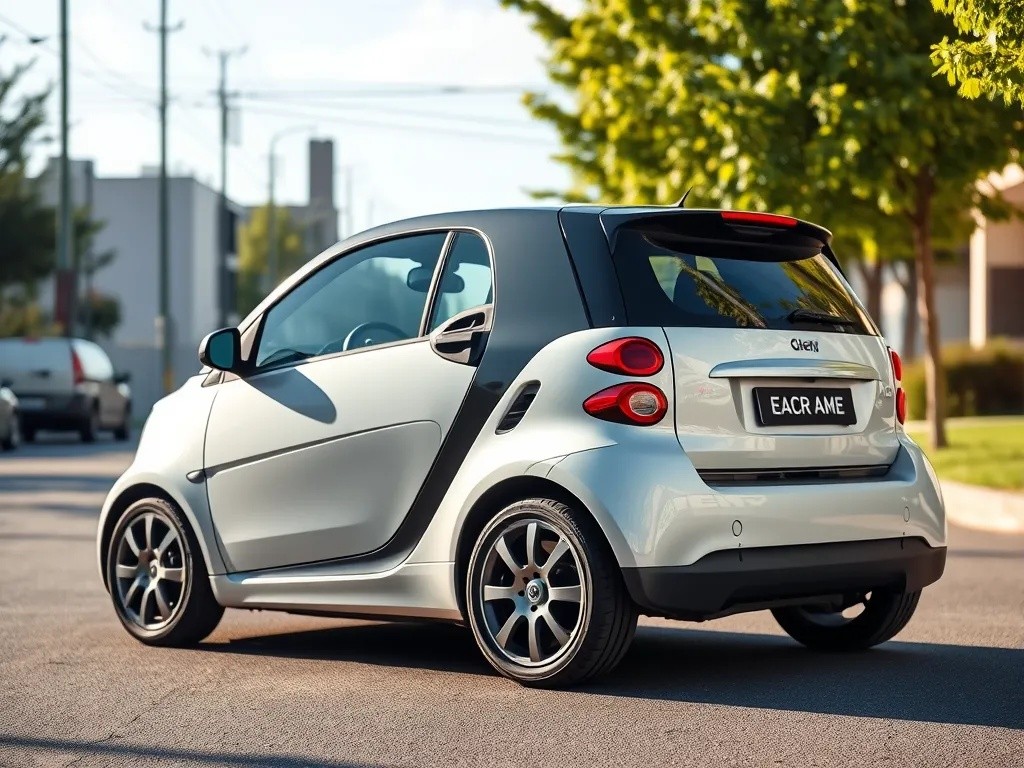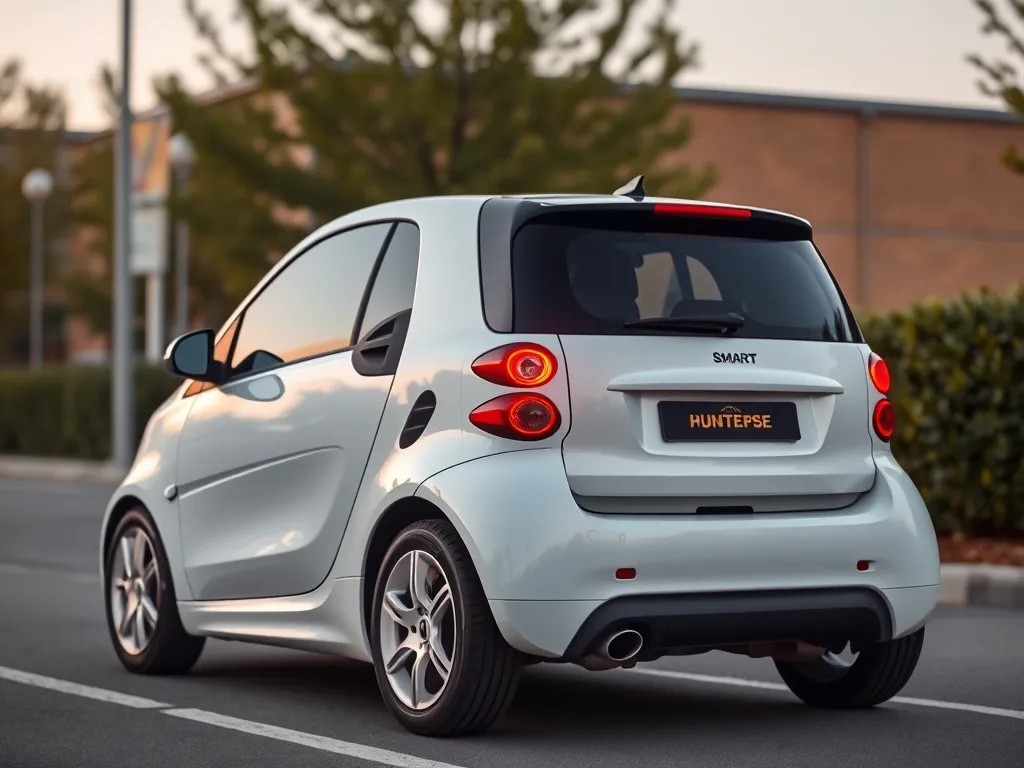In recent years, there has been a significant advancement in the field of Artificial Intelligence (AI) and Augmented Reality (AR). These technologies have become increasingly popular and have the potential to enhance virtual experiences in various fields such as gaming, education, healthcare, and...
Smart Car Drives Itself to the Repair Shop When Something's Wrong

The automotive industry is witnessing a revolutionary transformation as smart cars equipped with advanced artificial intelligence and diagnostic systems are now capable of identifying mechanical problems and autonomously driving themselves to repair facilities. This groundbreaking technology represents a significant leap forward in vehicle maintenance and ownership experience.
How Self-Diagnostic Technology Works
Modern smart vehicles are equipped with sophisticated sensor networks that continuously monitor every aspect of the car's performance. These systems track engine parameters, brake efficiency, tire pressure, battery health, and hundreds of other critical components in real-time.
Key Monitoring Systems
- Engine management sensors that detect performance anomalies
- Brake monitoring systems that assess pad wear and fluid levels
- Tire pressure and tread depth sensors
- Battery and electrical system diagnostics
- Transmission and drivetrain health monitors
When these systems detect issues that could compromise safety or performance, the vehicle's AI processes the data and determines the severity of the problem. Minor issues might trigger a maintenance reminder, while critical problems can initiate the autonomous repair shop visit protocol.
The Autonomous Repair Process
Problem Detection and Assessment
The journey begins when the vehicle's diagnostic system identifies a potential issue. Advanced machine learning algorithms analyze the problem's severity, comparing it against vast databases of similar cases and manufacturer specifications. The system then determines whether immediate attention is required or if the issue can wait for scheduled maintenance.
Scheduling and Navigation
Once the need for repair is established, the smart car connects to a network of authorized service centers. The vehicle's AI system:
- Checks availability at nearby repair facilities
- Schedules an appropriate appointment slot
- Calculates the optimal route to the service center
- Ensures the journey can be completed safely with the existing problem
Owner Notification and Consent
Before embarking on its autonomous journey, the vehicle notifies the owner through a mobile app or dashboard display. The notification includes details about the detected problem, the selected repair facility, appointment time, and estimated costs. Owners can approve, reschedule, or override the autonomous repair visit as needed.

Benefits of Self-Driving Repair Visits
Enhanced Safety
By addressing mechanical issues promptly, smart cars reduce the risk of breakdowns that could lead to accidents or leave drivers stranded. The system ensures that critical safety components are maintained before they reach failure points.
Convenience for Vehicle Owners
Car owners no longer need to remember maintenance schedules or recognize warning signs of mechanical problems. The vehicle handles these responsibilities autonomously, freeing owners from the burden of vehicle maintenance management.
Optimized Maintenance Costs
Early detection and prompt repair of issues can prevent minor problems from escalating into major, expensive repairs. This predictive maintenance approach can significantly reduce long-term ownership costs.
Challenges and Considerations
Technical Limitations
Despite advanced diagnostics, some mechanical issues may not be detectable by sensors alone. Additionally, the autonomous driving system must be capable of safely operating even when the vehicle has mechanical problems.
Infrastructure Requirements
The success of this technology depends on:
- Reliable internet connectivity for communication between vehicles and service centers
- Standardized diagnostic protocols across different manufacturers
- Service facilities equipped to handle autonomous vehicle arrivals
The Future of Automotive Maintenance
As this technology continues to evolve, we can expect even more sophisticated features. Future developments may include real-time parts ordering, predictive maintenance that addresses issues before they occur, and integration with smart city infrastructure for optimized traffic flow to service centers.
The concept of cars driving themselves to repair shops represents more than just a technological novelty—it's a fundamental shift toward truly intelligent transportation systems that prioritize safety, efficiency, and user convenience. As autonomous vehicle technology matures, this self-maintenance capability will likely become a standard feature, transforming how we think about vehicle ownership and maintenance in the digital age.



